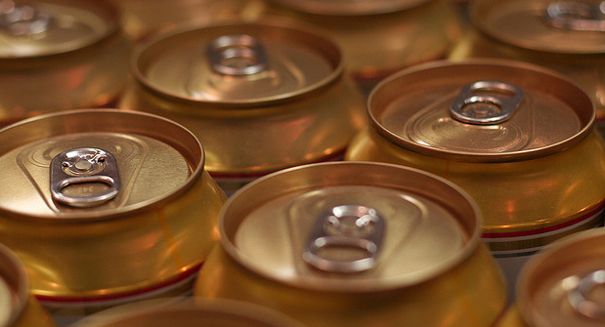
Assistant Professor of Health Education Adam Barry and a team of researchers interviewed over 1000 patrons exiting from bars, between 10 p.m. and 2:30 am, over six Friday nights.
For years, we have been told to designate a sober driver before heading out for a night on the town. But a new study says that may not the best advice after all. Researchers at the University of Florida found that more than 35 percent of designated drivers had consumed alcohol—many enough to impair their ability to drive. The study appears in the July edition of the Journal of Studies on Alcohol and Drugs.
Assistant Professor of Health Education Adam Barry and a team of researchers interviewed over 1000 patrons exiting from bars, between 10 p.m. and 2:30 am, over six Friday nights. The bars were in a university town and the majority of those interviewed were white male undergraduates.
The researchers then tested blood alcohol levels. Over 165 of the self-identified designated drivers had been drinking—and 18 percent had blood alcohol levels of 0.05 percent or higher—that’s the same level the National Transportation Safety Board suggested last month should constitute drunk driving. The current level is 0.08. Researchers do not know how many of those designated drivers got behind the wheel after the test.
The Insurance Institute for Highway Safety, says blood alcohol concentration or “bac” is a measure of the amount of alcohol in a person’s blood. It is expressed as the weight of alcohol per unit of volume of blood. For example, a person who has a bac of 0.08 percent has 80 mg of alcohol per 100 ml of blood.
Professor Barry says it isn’t clear why designated drivers would drink. It may be because of peer pressure or the mistaken belief that a drink or two will not impair driving, if the designee is an experienced drinker.
Barry says even consuming a bit of alcohol may complicate the trip for designated drivers. A dulling of the senses can happen at a much lower BAC—and at night, any driver’s vision is diminished, raising the potential for errors. And Barry adds, “You’ve got roughhousing unruly passengers, music—so many competing factors on top of your ability to process information and brake and steer effectively.”
In a press release, the researchers note there is no universally accepted definition for a “designated driver.” Some international researchers believe a designated driver may drink as long as his or her blood alcohol levels remain below the legal limit. However the limit in the United States is higher than most other countries. In Russia and Sweden, for example the legal limit is 0.02.
Should the legal limit be changed to 0.05 or should it remain at 0.08? Share your thoughts in the comments section.
Leave a Reply